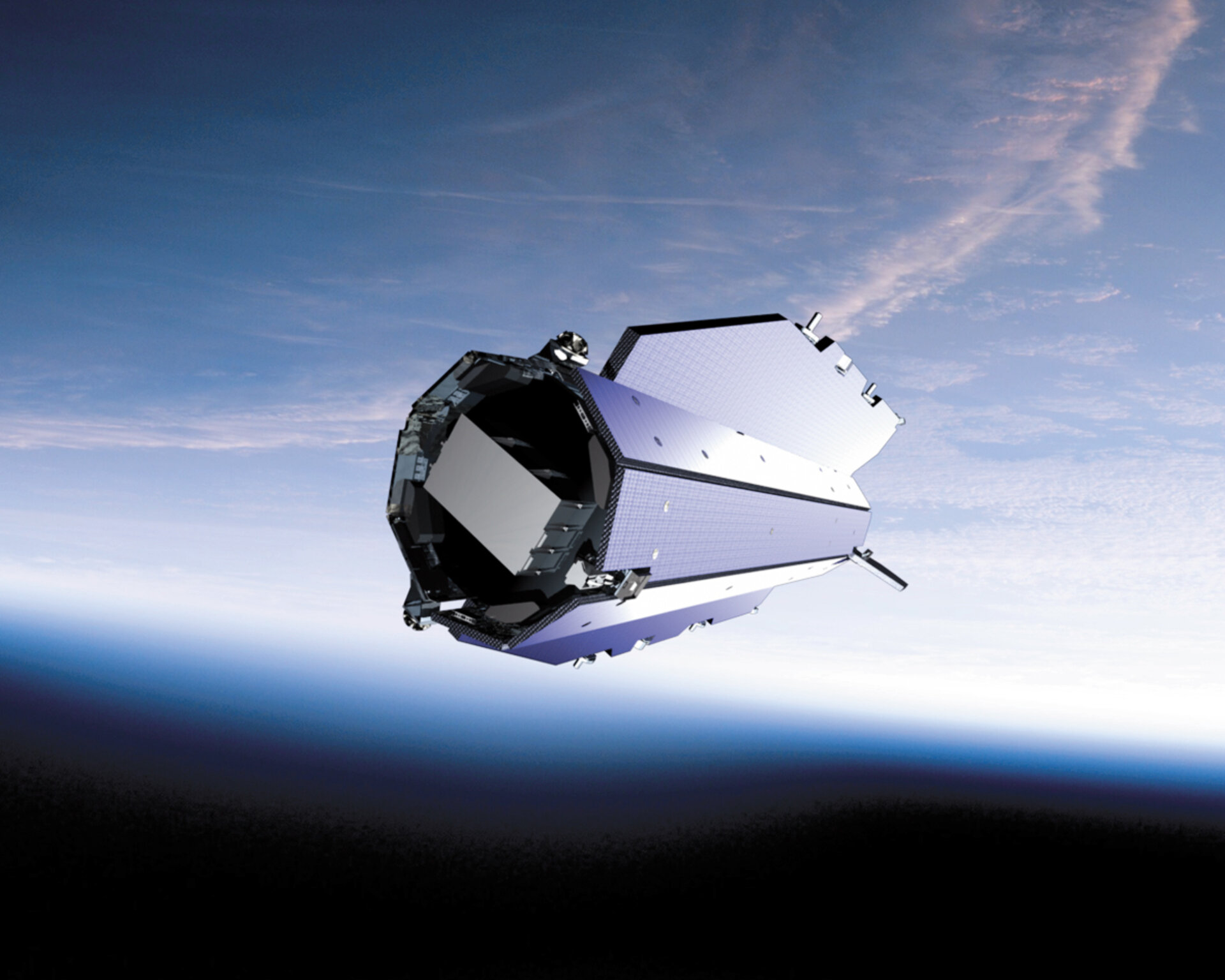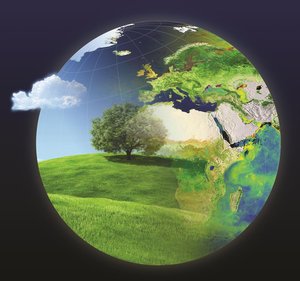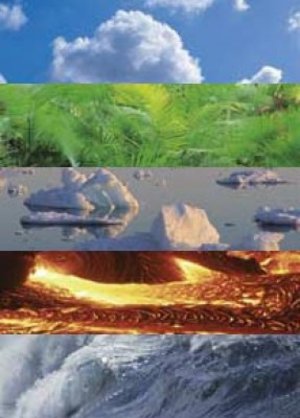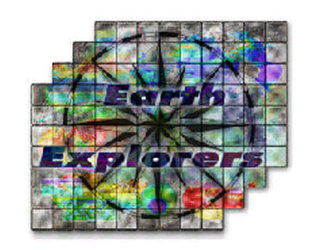Scientists wanted for Earth Explorer Mission Assessment Groups
Following the selection of six mission proposals for the next Earth Explorer Core missions, ESA will, on 17 July 2006, release an opportunity to the science community to apply for membership of the associated Mission Assessment Groups.
The role of the Mission Assessment Group is to provide advice to the Agency on the detailed scientific objectives of the mission, data product definitions, instrument design and calibration, data validation and data exploitation. Members will also assist in the drafting of the Reports for Assessment, which will be used for the evaluation process leading to the selection of missions to enter Phase-A study after the Earth Explorer User Consultation Meeting, currently planned for late 2007.

As part of the Living Planet Programme, the Earth Explorer missions encompass a new strategy for observing the Earth from space where missions are designed to address critical and specific issues that have been raised by the science community whilst demonstrating breakthrough technology in observing techniques. By involving the science community right from the beginning in the definition of new missions and introducing a peer-reviewed selection process, it is ensured that a resulting mission is developed efficiently and provides the exact data required by the user. This rolling process has already led to six missions under implementation, and now a shortlist of six proposals selected for assessment study, which are:
BIOMASS – to take global measurements of forest biomass.
TRAQ (TRopospheric composition and Air Quality) - to monitor air quality and long-range transport of air pollutants.
PREMIER (PRocess Exploration through Measurements of Infrared and millimetre-wave Emitted Radiation) – to understand processes that link trace gases, radiation, chemistry and climate in the atmosphere.
FLEX (FLuorescence EXplorer) – to observe global photosynthesis through the measurement of fluorescence.
A-SCOPE (Advanced Space Carbon and Climate Observation of Planet Earth) – to improve our understanding of the global carbon cycle and regional carbon dioxide fluxes.
- CoReH2O (Cold Regions Hydrology High-resolution Observatory – to make detailed observations of key snow, ice and water cycle characteristics.
Scientists wishing to apply for membership to one or more of the Mission Assessment Groups being set up may do so via a dedicated website, which will be active as of 17 July 2006 and close on 15 September 2006.
More details and the application website address will be announced on ESA's Living Planet website www.esa.int/livingplanet on 17 July 2006.








